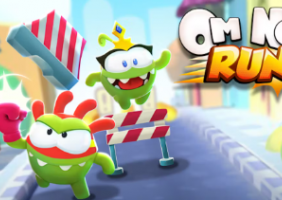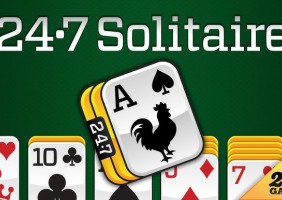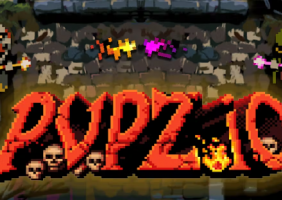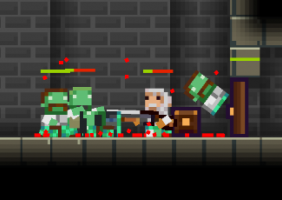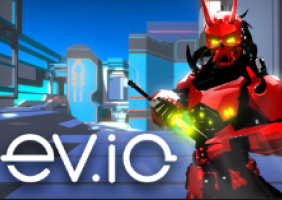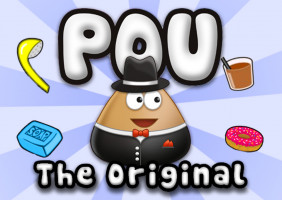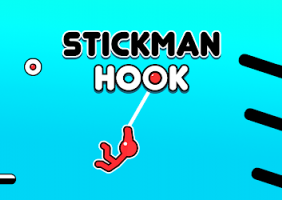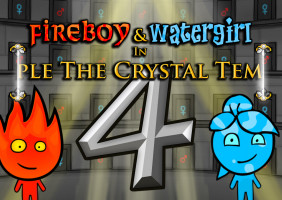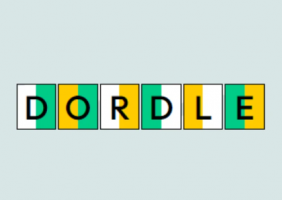Unblocked Games 66
Welcome to the Unblocked Games 66. Unblocked Games I am glad that my website is serving the entertainment of this most modern planet. This is a site that I have been very interested in ever since. I think it's pretty complete from small cards, all the way to the most popular game genres and genres.
The interface is quite eye-catching, easy to use, isn't it haha. The hope is that everyone can immerse themselves for many hours in the games on our site. Attention students, if you are at school, you should pay attention to your studies. When you are tired come to us.
I really hope to be able to develop myself more, if there are any shortcomings, please comment so that I can improve. That's what I've always wanted. let's play games together.
Wish you have moments of comfort and fun!



